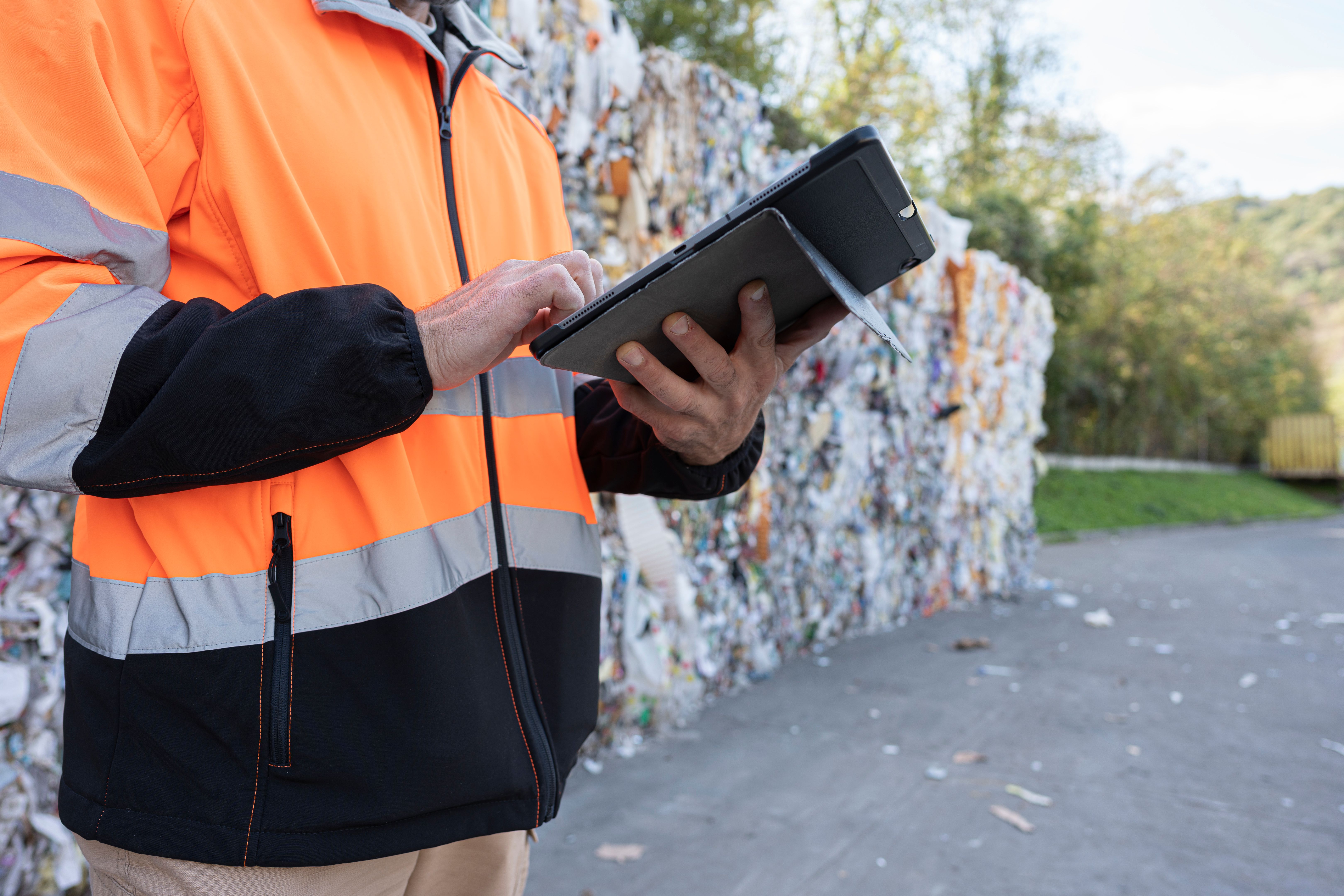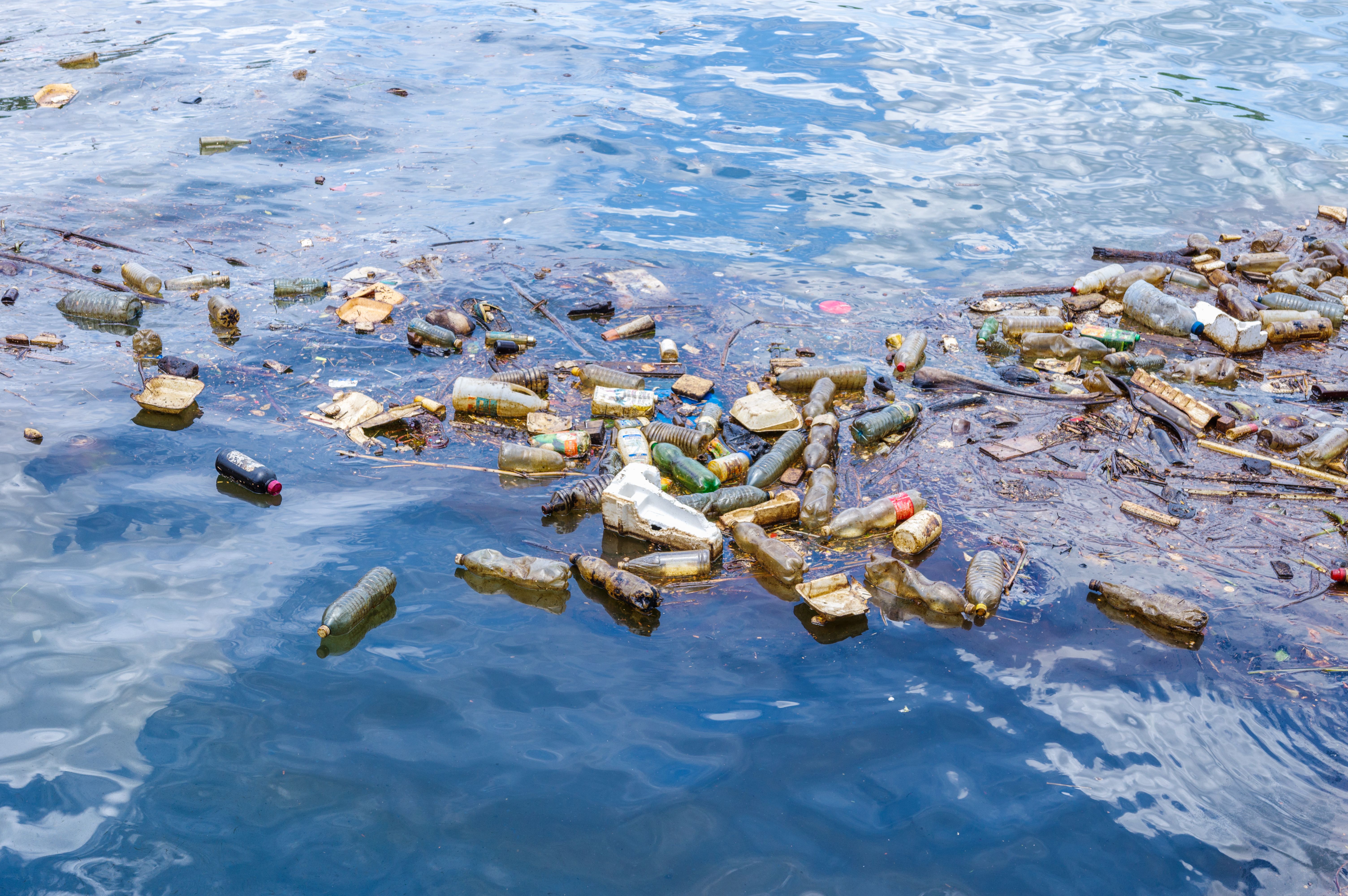Reducing Clothing Pollution: Protecting Water Supply in Major U.S. Cities
Understanding Clothing Pollution
Clothing pollution is a significant environmental issue, with textile production and disposal contributing to water contamination. The fashion industry is one of the largest polluters in the world, affecting water supplies in major U.S. cities. As cities grow, the demand for clean water increases, making it crucial to address this problem.

Textile production involves the use of various chemicals, dyes, and synthetic materials. These substances can leach into waterways during manufacturing and after disposal, leading to pollution. Microfibers from synthetic fabrics also contribute to the problem, as they are released into water systems during washing.
Impact on Water Supply
The pollution from clothing affects both surface and groundwater sources. In major U.S. cities, this can lead to a scarcity of clean drinking water, impacting public health and the environment. Contaminated water not only poses a risk to human health but also affects aquatic life and ecosystems.

Effluents from textile factories can introduce heavy metals and toxic substances into rivers and lakes. These pollutants are difficult to remove through standard water treatment processes, making it essential to reduce pollution at its source. Cities need to implement effective strategies to mitigate these risks.
Strategies for Reducing Clothing Pollution
Reducing clothing pollution requires a multi-faceted approach. Here are some strategies that can help:
- Promote sustainable fashion: Encourage consumers to choose brands that prioritize environmentally friendly practices.
- Implement stricter regulations: Governments can enforce regulations that limit the discharge of pollutants from textile manufacturing.
- Increase public awareness: Educating the public about the impact of clothing pollution can lead to more conscious purchasing decisions.
The Role of Consumers
Consumers play a crucial role in reducing clothing pollution. By making informed choices, individuals can significantly impact the demand for sustainable practices in the fashion industry. Opting for natural fibers, buying secondhand clothes, and supporting ethical brands are effective ways to contribute.

Additionally, adopting proper laundry habits can reduce microfiber pollution. Using washing bags designed to capture microfibers and washing clothes less frequently can help minimize environmental impact.
Technological Innovations
Innovation is key in addressing clothing pollution. New technologies are emerging that aim to reduce the environmental footprint of textile production. Developments such as closed-loop recycling systems and biodegradable fabrics offer promising solutions.
These innovations not only reduce waste but also conserve resources by reusing materials. Supporting research and development in this area is vital for creating a sustainable future for the fashion industry and protecting our water supply.
Community Involvement
Community involvement is essential in tackling clothing pollution. Local initiatives, such as clothing swaps and recycling programs, encourage sustainable practices and reduce waste. By participating in these activities, citizens can help create a cleaner environment.
Collaborative efforts between governments, businesses, and communities can lead to significant advancements in reducing pollution. Working together ensures a balanced approach that benefits both people and the planet.
In conclusion, reducing clothing pollution is critical for safeguarding water supplies in major U.S. cities. Through sustainable practices, consumer awareness, technological innovations, and community involvement, we can protect our valuable water resources and ensure a healthier future for all.